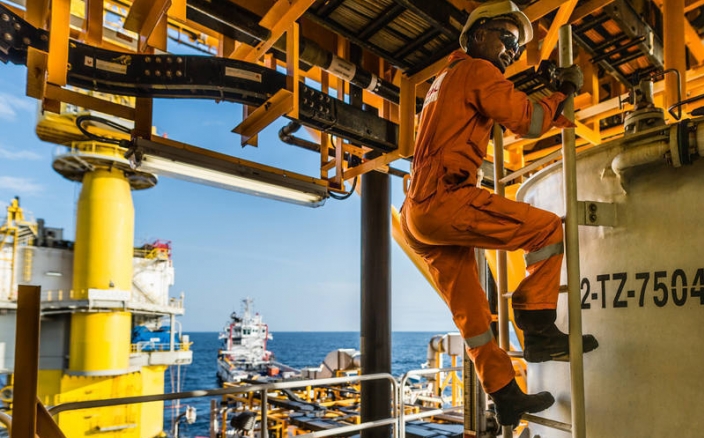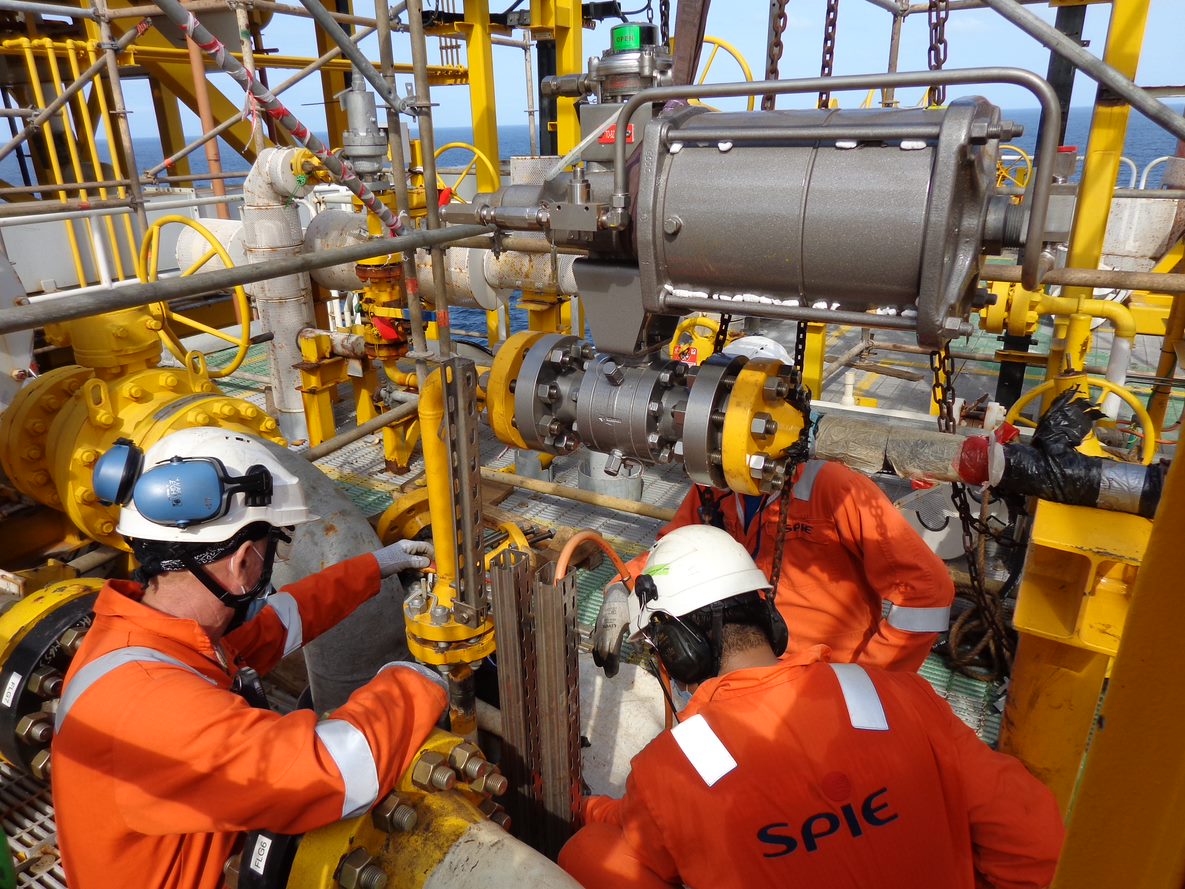
The oil and gas sector operates on complex infrastructure, high-risk environments, and capital-intensive projects. Each project involves a chain of technical planning, compliance, and execution. So, the engineering services have become a critical factor in enabling that balance, especially as assets grow more complex.
A clear example of this approach can be seen in PLC Construction oil and gas engineering services
, which illustrate how specialized design and field expertise support consistent performance across volatile field conditions and high-stakes project cycles. From feasibility studies to digital automation, oil and gas engineering services are essential for driving safe, efficient, and sustainable development across the energy value chain. Let’s talk about these services in detail.
Early-Stage Design and Feasibility Planning
Before ground is broken or materials are ordered, engineering firms perform extensive feasibility studies. These assessments determine whether a project is technically and economically viable, taking into account geological data, market trends, and risk models.
At this stage, engineers may create simulation models to predict output, material flow, or reservoir behavior. They evaluate multiple project configurations to optimize yield and reduce environmental impact. Pre-FEED (front-end engineering design) studies guide decision-makers through cost planning, permitting timelines, and strategic resource use, ensuring that future stages are both achievable and profitable.
Project Planning and Front-End Engineering Design (FEED)
Engineering services begin long before any machinery hits the ground. In the early stages of an energy project, front-end engineering design (FEED) provides a roadmap. This includes site studies, risk assessments, cost modeling, and technology selection.
Accurate FEED planning can reduce change orders, prevent budget overruns, and ensure constructability. It’s where decisions about materials, system layout, and safety systems are made. Solid front-end engineering also improves permitting outcomes, laying a foundation for successful regulatory approval.
Mechanical and Process Systems Engineering
Engineering teams design how oil or gas flows through the system, including across pumps, separators, heat exchangers, and compressors. These systems are optimized to maintain efficiency under fluctuating loads, temperatures, and chemical compositions.
Process engineers use modeling tools such as Aspen HYSYS and CHEMCAD to simulate fluid behavior under field conditions. They calculate flash points, reaction kinetics, and thermal loads to prevent bottlenecks. Meanwhile, mechanical engineers select pressure vessels, skids, and rotating equipment, ensuring they comply with codes such as ASME and API.
Key deliverables include process flow diagrams (PFDs), piping and instrumentation diagrams (P&IDs), and material balance sheets. These documents serve as blueprints for downstream design and procurement teams.
Structural and Civil Design
Oil and gas facilities must operate in challenging terrain: coastal zones, arid deserts, and seismic regions. Structural engineers provide the physical framework to support massive process units and storage tanks while ensuring worker access and safety.
Foundations are designed based on soil conditions and dynamic loads. Structural steel design accounts for wind speeds, seismic activity, and platform vibrations. Civil engineers handle drainage, access roads, containment areas, and environmental protection zones.
From offshore rig substructures to LNG plant pipe racks, structural design must balance strength, cost, and constructability.
Pipeline and Flow Assurance Services
Transporting hydrocarbons safely across hundreds of miles requires robust engineering. Pipeline engineers define route alignments, pipe diameters, and wall thicknesses. They plan for terrain elevation changes, fault crossings, and third-party encroachments.
Flow assurance engineers assess how fluids behave inside the pipe. This includes wax deposition, gas hydrate formation, and slugging in multiphase flow. These phenomena can clog or damage pipelines without proper mitigation. Engineers use transient simulation tools to test and refine flow control strategies.
In subsea applications, flow assurance becomes even more critical. Thermal insulation, active heating, and chemical injection are often integrated to prevent blockages and maintain steady output.
Instrumentation, Electrical, and Control Systems
Modern oil and gas facilities are increasingly automated. Engineering services in this area design everything from power distribution to sensor networks and control algorithms.
Electrical engineers size transformers, circuit breakers, and motor control centers. They create single-line diagrams, cable schedules, and grounding studies to ensure reliable operation across the site. Load flow and fault current calculations are used to prevent blackouts and equipment damage.
Instrumentation teams install field devices to monitor pressure, temperature, and composition. These devices feed data to distributed control systems (DCS) or SCADA platforms. Engineers program these platforms to adjust valves, raise alarms, or shut down operations if unsafe thresholds are crossed.
This level of automation enables better uptime, reduced labor needs, and early detection of equipment wear or leaks.
Regulatory, Safety, and Environmental Compliance
Compliance is not just a matter of avoiding fines. It shapes how projects are designed, constructed, and operated. Engineering teams interpret regulations from agencies such as OSHA, EPA, and PHMSA, building safeguards directly into system design.
Safety engineers conduct hazard identification (HAZID), hazard and operability (HAZOP) studies, and quantitative risk assessments (QRA). They model gas dispersions, overpressure scenarios, and firewater requirements to reduce risk to workers and the public.
Environmental engineers assess air emissions, water discharges, and waste management practices. They prepare documentation for permitting and work with agencies on mitigation measures. These services help companies meet ESG goals and maintain community trust.
Construction and Commissioning Support
Once designs are approved and components are fabricated, engineering firms shift to field support. During construction, teams verify that systems are built to spec and follow codes. They provide shop drawing reviews, welding procedure validation, and site inspections.
Commissioning engineers ensure all components function correctly before handover. This includes loop checks, functional testing, and system tuning. They troubleshoot mismatches between design and real-world behavior, resolving issues before they become operational failures.
Many firms also provide training to operations staff, giving them the knowledge to safely run systems and manage emergencies from day one.
Asset Integrity and Long-Term Maintenance Engineering
Post-commissioning, engineering services play a critical role in keeping assets productive. Teams implement integrity programs that include thickness measurement, vibration monitoring, and corrosion control.
Risk-based inspection (RBI) frameworks prioritize equipment maintenance based on criticality. Engineers use tools like Finite Element Analysis (FEA) and thermography to detect potential failure points. Repair and replacement plans are issued proactively to minimize downtime.
Some firms also offer digital twin solutions, which keep a virtual model of the facility in sync with live data. This enables predictive maintenance, scenario testing, and better capital planning over time.




